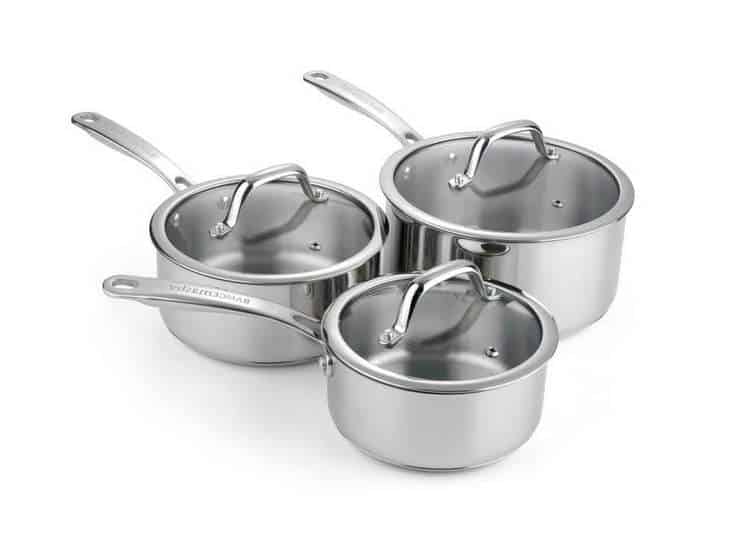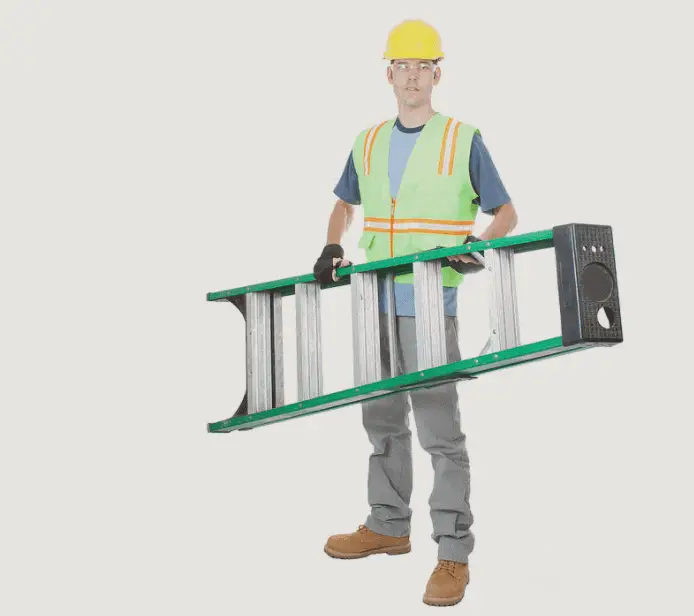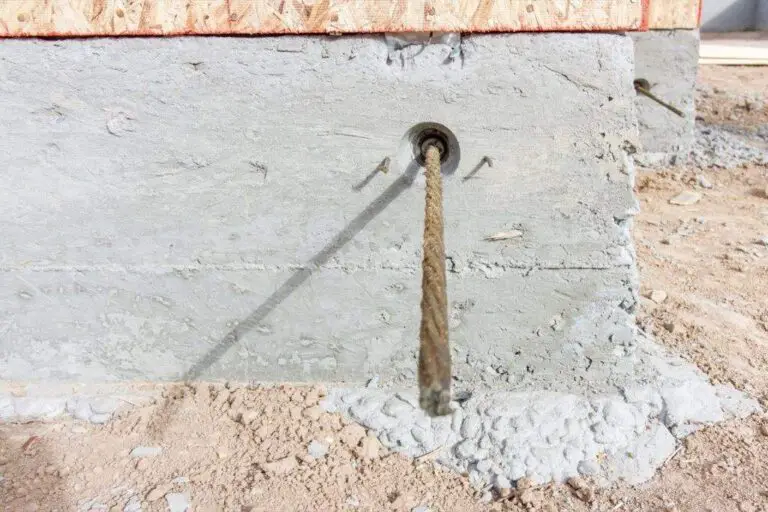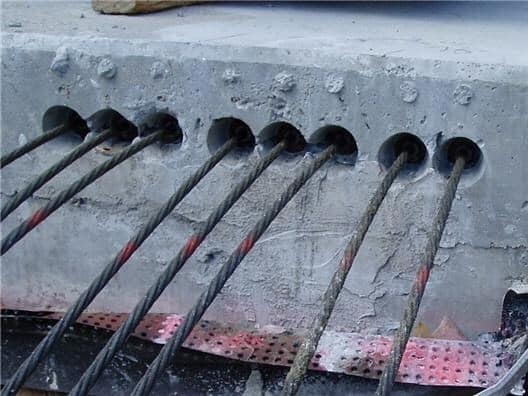Why Is Aluminum No Longer Used for Manufacturing Cooking Pots?

Cookware has been an essential part of our kitchen for centuries, and people have been using different materials such as clay, cast iron, copper, stainless steel, and aluminum to make cookware.
Among these materials, aluminum has been widely used due to its low cost and excellent heat conductivity. However, in recent times, aluminum has become less popular as a material for cookware manufacturing.
Why is aluminum no longer the go-to material for manufacturing cooking pots?
In this article, we’ll explore the history of aluminum cookware, the problems associated with its use, and why it has fallen out of favor in recent years. Whether you’re a cooking enthusiast or just curious about the evolution of cookware, read on to discover the reasons behind the decline of aluminum cookware and what alternatives have taken its place.
What Is Aluminum?
Aluminum is a metallic element that is found in abundance in the Earth’s crust. It is the third most abundant element, after oxygen and silicon and comprises about 8% of the Earth’s crust by weight. Aluminum is a silvery-white metal that is lightweight, non-toxic, and non-magnetic. It has a low melting point and can be easily molded into various shapes and forms.
Aluminum has many advantages that make it an ideal material for various applications. One of its main advantages is its low cost. Aluminum is less expensive than other metals such as copper and stainless steel, making it a cost-effective option for manufacturers. It is also a durable and long-lasting material that can withstand wear and tear, making it suitable for use in various industries.
Another advantage of aluminum is its recyclability. Aluminum is one of the most recyclable materials in the world. It can be recycled indefinitely without losing its properties or quality. Recycling aluminum saves energy, reduces landfill waste, and conserves natural resources, making it an environmentally friendly option.
In addition to its cost-effectiveness, durability, and recyclability, aluminum is also an excellent heat conductor. It can distribute heat evenly throughout the cookware, making it an ideal material for cooking pots and pans. This means that food can cook evenly without any hot spots or uneven cooking. Aluminum cookware is also lightweight, which makes it easy to handle and maneuver in the kitchen.
Aluminum Cooking Pots and Their Advantages
Aluminum cooking pots have been around for decades, and they are still popular in some households. Aluminum is an excellent heat conductor, which means that it heats up quickly and distributes heat evenly. This property makes aluminum cooking pots ideal for cooking dishes that require even heat distribution, such as soups, stews, and sauces. Additionally, aluminum is lightweight, making it easy to handle and maneuver around the kitchen. It is also an affordable material, making aluminum cooking pots accessible to households on a budget.
Why Is Aluminum No Longer Used for Manufacturing Cooking Pots?
The Problem with Aluminum Cookware
While aluminum cookware is affordable and efficient, there are several concerns with using this material for cooking purposes.
1. Health Concerns
Aluminum is a reactive metal, which means it can react with acidic or alkaline foods during cooking. This reaction can cause the aluminum to leach into the food, which can be harmful to our health. There are also concern of aluminium leach into soda for certain type of beverages.
Studies have shown that aluminum can leach into food during cooking, especially when cooking acidic foods. Excessive intake of aluminum can lead to various health problems, including Alzheimer’s disease, bone disorders, and kidney problems.
2. Scratches and Dents
Aluminum cookware is soft and prone to scratches and dents. This can cause the surface of the cookware to become rough, making it difficult to clean. Scratches and dents in aluminum cookware can harbor bacteria and make it more difficult to clean, making it less hygienic than other materials such as stainless steel and cast iron.
3. Corrosion
Aluminum cookware is also prone to corrosion, especially when exposed to salt or acidic foods. This can cause the cookware to discolor and degrade over time, affecting its appearance and performance.
4. Non-Compatible with Induction Cooktops
Aluminum is not magnetic, which means it is not compatible with induction cooktops. Induction cooktops work by creating a magnetic field, which heats up the cookware directly. As aluminum is not magnetic, it cannot be used on induction cooktops.
5. Environmental Impact
The environmental impact of manufacturing and disposing of aluminum cookware is another factor to consider. The process of manufacturing aluminum requires a lot of energy and resources, which can have a significant impact on the environment. Additionally, aluminum cookware is not biodegradable, which means that it can take hundreds of years to decompose in landfills. This can lead to a buildup of waste and pollution, which can have a detrimental effect on the environment.
Alternatives to Aluminum Cookware
As aluminum cookware has several disadvantages, people have started looking for alternatives to this material. Here are some of the popular alternatives to aluminum cookware:
1. Stainless Steel
Stainless steel is a popular material for cookware manufacturing due to its durability, non-reactivity, and ease of maintenance. It is also compatible with induction cooktops, making it a versatile material for cooking purposes. Stainless steel cookware can be a bit more expensive than aluminum cookware, but it is a worthwhile investment for its longevity.
2. Cast Iron
Cast iron is a traditional material for cookware that has been used for centuries. It is durable, versatile, and can retain heat for a long time. Cast iron cookware is also non-reactive, which means it does not leach any harmful chemicals into the food. However, cast iron cookware requires seasoning and proper maintenance to prevent rusting.
3. Ceramic
Ceramic cookware is made of clay and coated with a non-stick surface, making it easy to clean and maintain. It is also non-reactive and does not leach any harmful chemicals into the food. Ceramic cookware is also available in various colors and designs, making it an excellent option for those who want to add some style to their kitchen.
4. Copper
Copper is an excellent heat conductor and can distribute heat evenly throughout the cookware. It is also a beautiful material that adds a touch of elegance to any kitchen. However, copper cookware requires proper maintenance as it can tarnish over time. Copper cookware can also be expensive compared to other materials.
5. Anodized Aluminum
Anodized aluminum is a type of aluminum that has been treated with an electrochemical process to create a durable and non-reactive surface. Anodized aluminum cookware is less prone to scratching and corrosion than regular aluminum cookware. It is also compatible with induction cooktops and is a good alternative to traditional aluminum cookware.
6. Glass
Glass cookware is non-reactive and does not leach any harmful chemicals into the food. It is also easy to clean and can be used in the oven or microwave. However, glass cookware can be fragile and is not suitable for high-temperature cooking.
Cost Comparison Between Aluminum and Alternative Materials for Cooking Pots
When it comes to cost, aluminum cooking pots are still the most affordable option on the market. However, the cost of alternative materials, such as stainless steel and ceramic, has come down in recent years, making them more accessible to households on a budget. Additionally, it’s important to consider the long-term cost when purchasing cooking pots.
Aluminum pots may be cheaper upfront, but they may need to be replaced more frequently due to corrosion and durability issues. On the other hand, alternative materials may have a higher upfront cost but can last for many years, making them a more cost-effective option in the long run.
What Is the Difference between Aluminum and Cast Aluminum Pots?
Aluminum and cast aluminum are two materials commonly used for manufacturing cookware. While they share many similarities, they also have some differences that make them unique.
Aluminum is a lightweight and highly conductive metal that is often used for making cookware due to its ability to distribute heat evenly. Aluminum cookware is generally affordable and widely available, making it a popular choice for many households. However, as mentioned earlier, aluminum is also prone to scratching and denting, and can react with acidic foods, potentially leaching into the food being cooked.
Cast aluminum, on the other hand, is a type of aluminum that has been processed differently to create a more durable and stronger material. Cast aluminum cookware is made by pouring molten aluminum into a mold, which is then shaped into the desired form. This process creates a dense and uniform material that is less prone to scratching and denting than traditional aluminum cookware.
Another advantage of cast aluminum cookware is its ability to retain heat better than traditional aluminum cookware. The process of casting creates a thicker and more uniform surface that can hold heat for longer periods of time, making it ideal for slow-cooking and simmering.
Furthermore, cast aluminum cookware is less likely to react with acidic foods, making it a safer option for cooking. The casting process creates a non-porous surface that is less likely to react with food, reducing the risk of aluminum leaching into the food being cooked.
In terms of appearance, cast aluminum cookware often has a more textured and rugged appearance than traditional aluminum cookware. It can also come in a variety of colors and finishes, including brushed and polished.
Conclusion
In conclusion, aluminum cookware has been widely used in the past due to its low cost and excellent heat conductivity. However, with the discovery of its potential health hazards and other disadvantages, such as scratches, dents, corrosion, and non-compatibility with induction cooktops, people have started looking for alternatives to this material.
Stainless steel, cast iron, ceramic, copper, and anodized aluminum are some of the popular alternatives to aluminum cookware. Each of these materials has its advantages and disadvantages, and it is up to the individual to choose the material that suits their needs and preferences.
It is essential to remember that the material of the cookware is just one factor to consider when choosing cookware. Other factors such as the type of stove, the type of food being cooked, and the budget also need to be considered. Ultimately, the goal is to choose cookware that is safe, durable, and efficient.
By understanding the advantages and disadvantages of different cookware materials, you can make an informed decision and choose the best cookware for your kitchen.






